Commentary: Executive order to institutionalize homeless people defies data
Published in Political News
President Donald Trump’s campaign against homeless people is not limited to the District of Columbia. On July 24, Trump issued an executive order titled “Ending Crime and Disorder on America’s Streets.” How exactly is that to be accomplished?
“Shifting homeless individuals into long-term institutional settings for humane treatment through the appropriate use of civil commitment.” The order describes this approach as “new,” “compassionate” and “evidence-based.” It is none of these things.
The institutionalization of people with mental illness has a long and sordid history in this country. In 1970, there were nearly 370,000 people in state and county psychiatric hospitals. Conditions were atrocious. Consider Bryce Hospital in Tuscaloosa, Ala. Bryce housed approximately 5,000 people with only three psychiatrists on staff. Some have said that Bryce at that time resembled a warehouse more than a hospital. One journalist described it as a “hellhole,” with human feces on the walls and urine soaking the floors. Photos show patients strapped to rocking chairs.
To be sure, treatments are better now than they used to be. That may be why many doctors and others assume that involuntary hospitalization benefits patients beyond stabilizing an acute crisis. But there is little evidence of any such benefits. On the other hand, the “revolving door” phenomenon is well-established. The key is connecting patients at discharge to resources in the community. Until that regularly happens, involuntary hospitalization amounts to just kicking the can down the road.
Bryce Hospital now has only 268 adult beds, part of the much larger “deinstitutionalization” movement all over the country. The goal of deinstitutionalization was to instead provide care in the community, but that mostly never materialized. As a result, there has already been a partial reinstitutionalization of sorts: the three largest psychiatric facilities in the United States today are the jails in Los Angeles, New York and Chicago. In 2020, there were fewer than 32,000 state and county psychiatric hospital beds, a drop of more than 90% since 1970. There are not nearly enough beds left for today’s homeless population, nor is there the political will to build more high-quality inpatient facilities.
The executive order’s promise of “humane treatment” is belied by the recent massive cuts to Medicaid. “Civil commitment” suggests mental illness and hospitalization, but the order elsewhere pressures jurisdictions to criminalize homelessness — with prohibitions on “urban camping,” for example. So jails and prisons, with little or no capacity to provide treatment, will do just fine. The military in D.C. is likewise ill-suited to the task. The order’s appeal to “compassion” would be laughable if it were not so unspeakably cruel.
But perhaps public safety demands some action like this? That’s a misconception. Incarcerating vast numbers of unhoused people would prevent only a small fraction of crime. As ABC 7 has reported: “ Crime involving homeless — that is, where either the suspect, the victim or both were homeless — makes up less than a tenth of all crime in L.A.” The homeless population in the city of Los Angeles in 2020 (a peak year) was about 40,000, and that year there were just 33 homicides involving a homeless suspect or victim. One 2015 study estimated that curing all active psychotic and mood disorders would eliminate just 4% of interpersonal violence.
Of course, the calculus changes if being homeless is itself a crime. The Supreme Court opened the door to that possibility in a case last year. Now, Trump is driving a truck through it. “Lock them all up!” is now a perfectly tailored crime-control measure, and wildly disproportionate at the same time.
Notably, the executive order directs relevant agencies to end support for “housing first” programs. As the name suggests, under this approach homeless individuals are quickly housed in the community and provided with in-home support services. Participants are not required to get sober or accept treatment in return for housing. Threshold requirements like these, no doubt well-intentioned, often exclude the people who need housing most and create barriers to sobriety, mental health care and employment.
The “housing first” approach more than pays for itself. A 2022 review of six studies in the United States found that each dollar spent on housing first saves the government $1.30, primarily in lower healthcare costs and less judicial involvement. But the total benefit of housing first is much higher. That’s because benefit-cost studies do not include the value of stable housing for participants who would otherwise be homeless. Benefits of housing such as autonomy, privacy, security, comfort and warmth are omitted because they are hard to quantify.
There is one bright spot in the order: its call to expand mental health and drug courts. Otherwise, the ideas in the executive order are not new, not compassionate and not evidence-based. Indeed, it is difficult to imagine worse housing policies.
_____
Fredrick E. Vars is a professor of law at the University of Alabama School of Law and author of the forthcoming book “Through the Fire: How People With Mental Illness Are Empowering Each Other.”
_____
©2025 Los Angeles Times. Visit at latimes.com. Distributed by Tribune Content Agency, LLC.
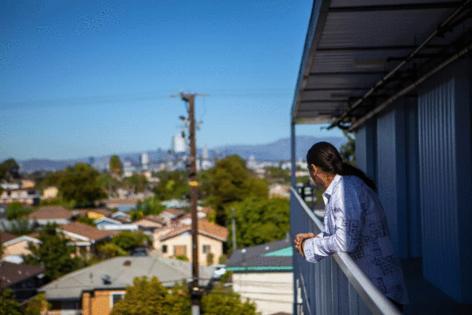







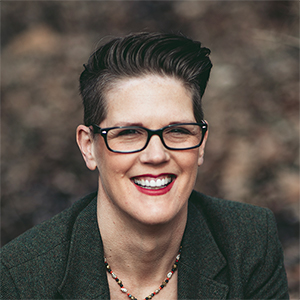







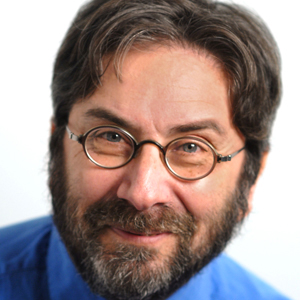
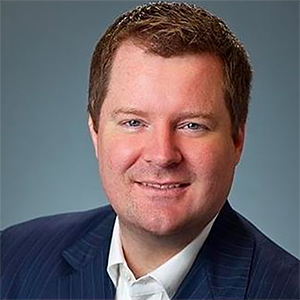








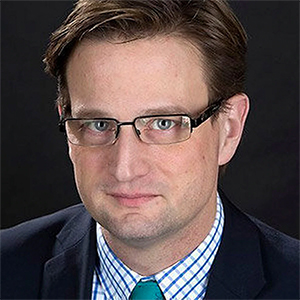

















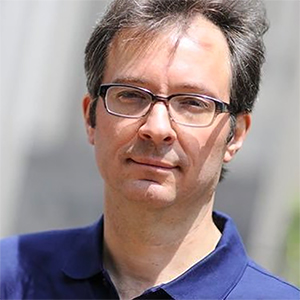



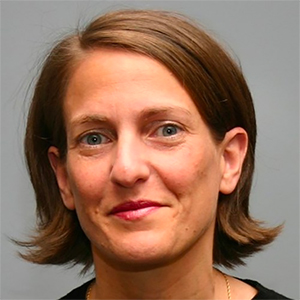



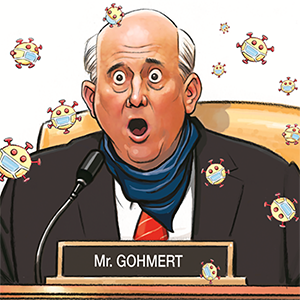




Comments